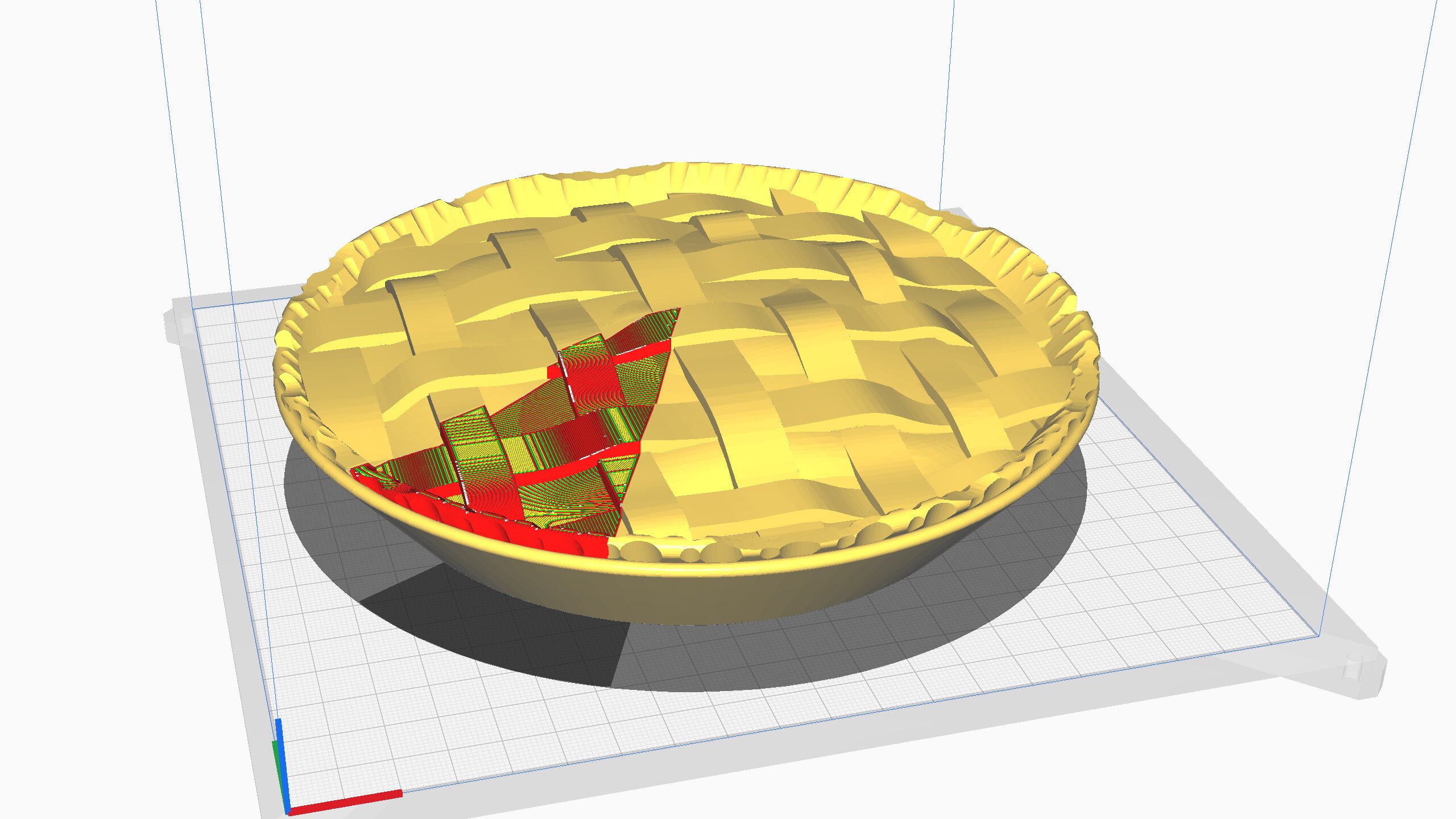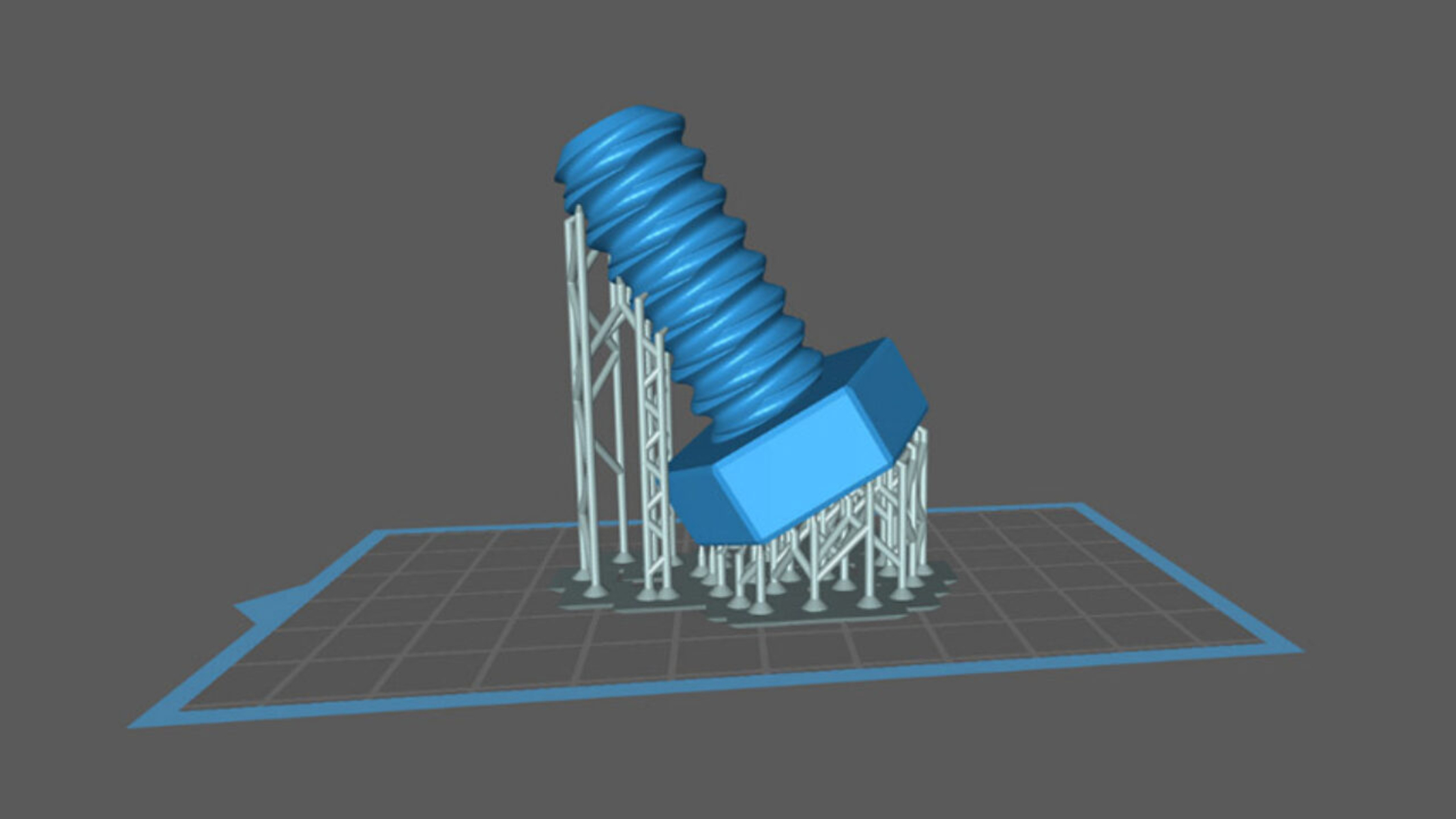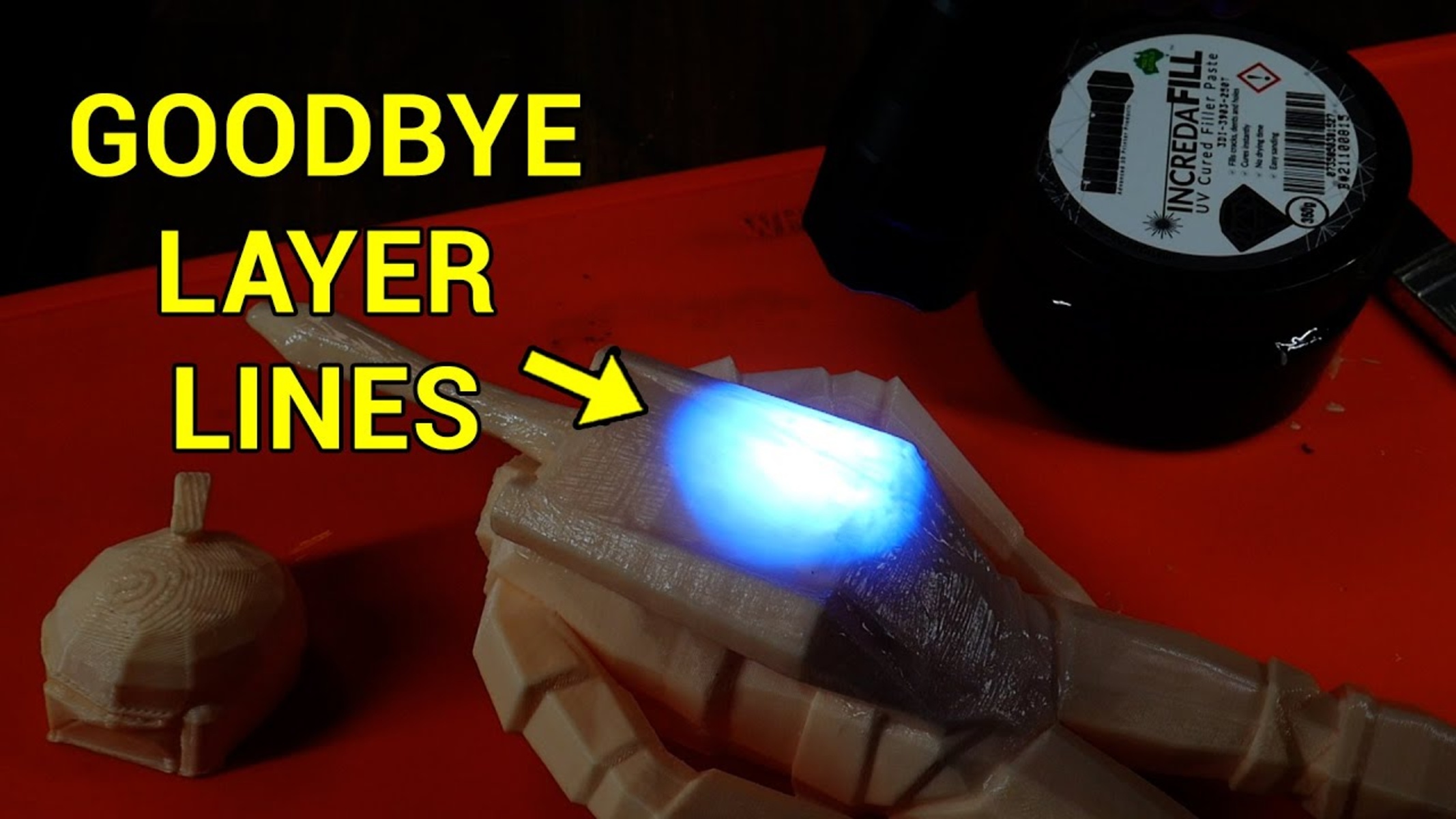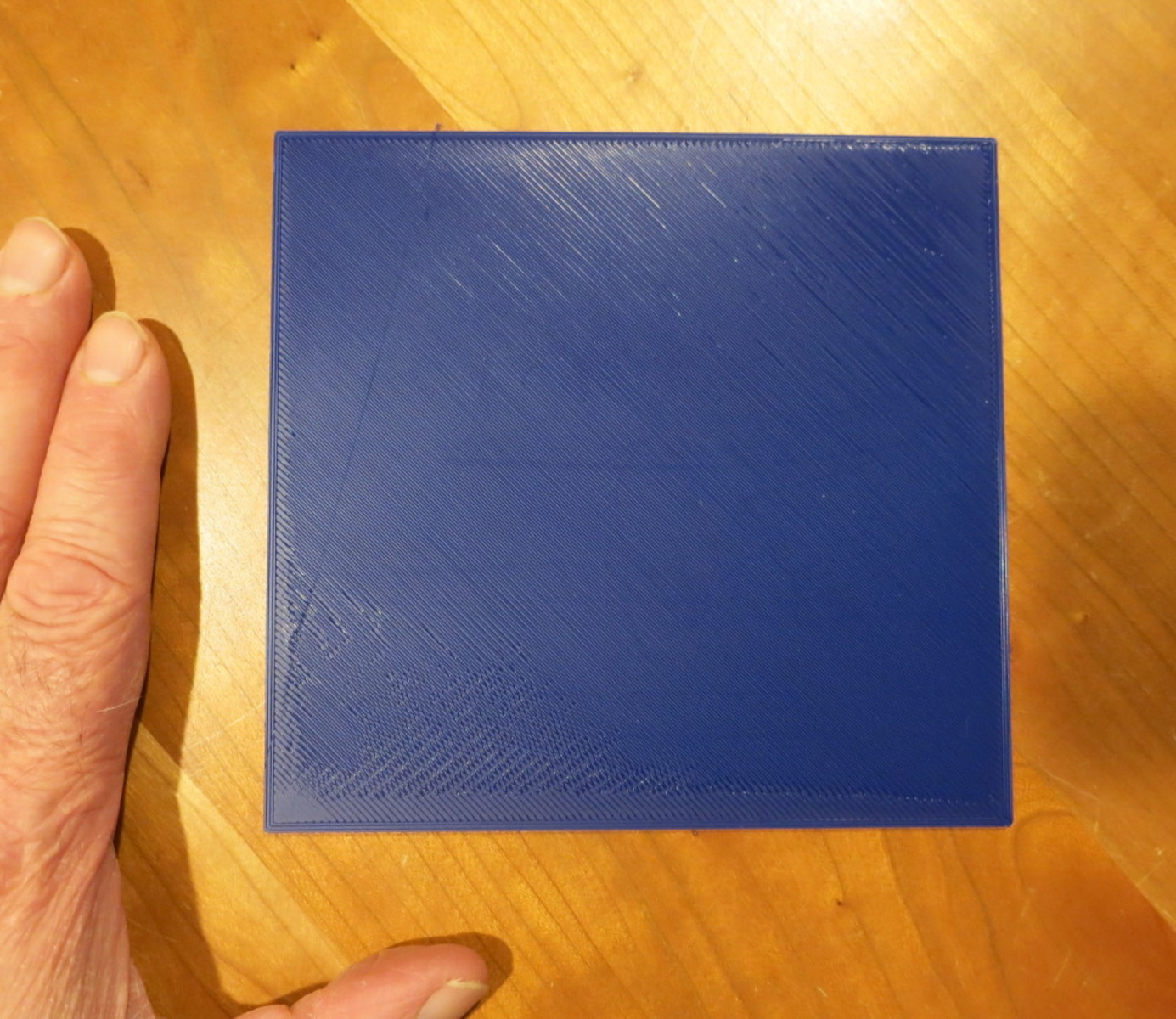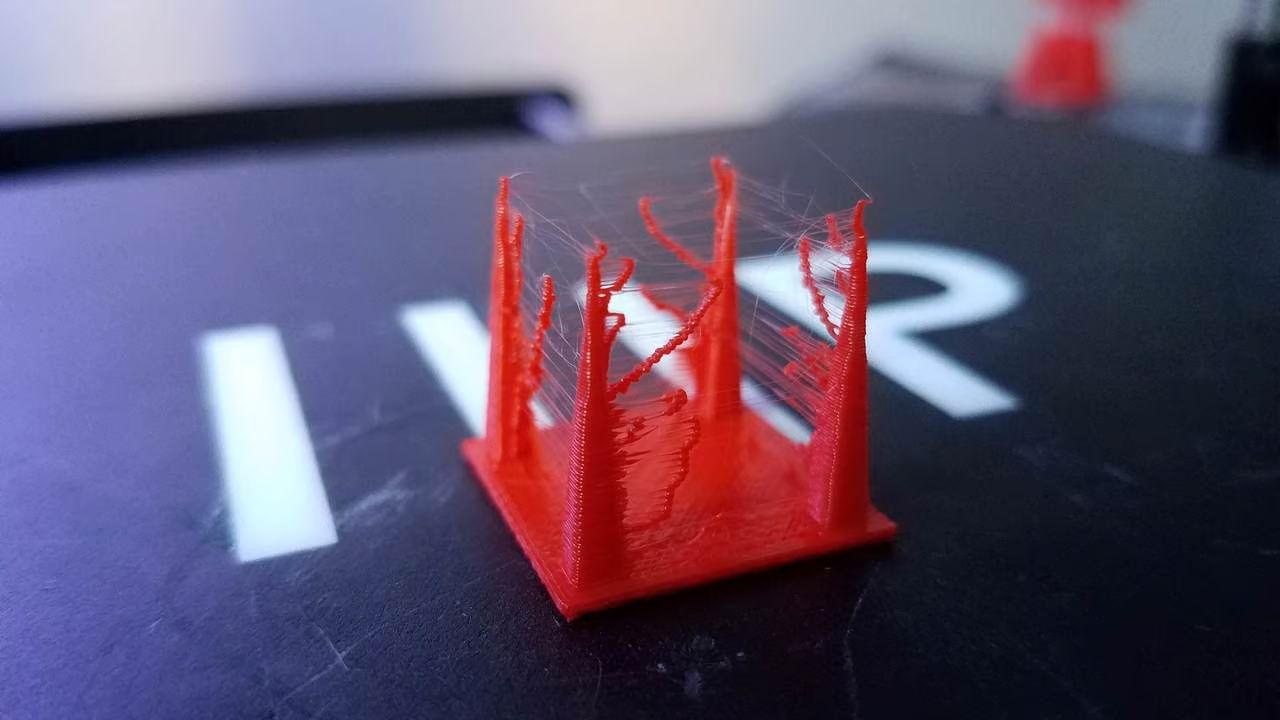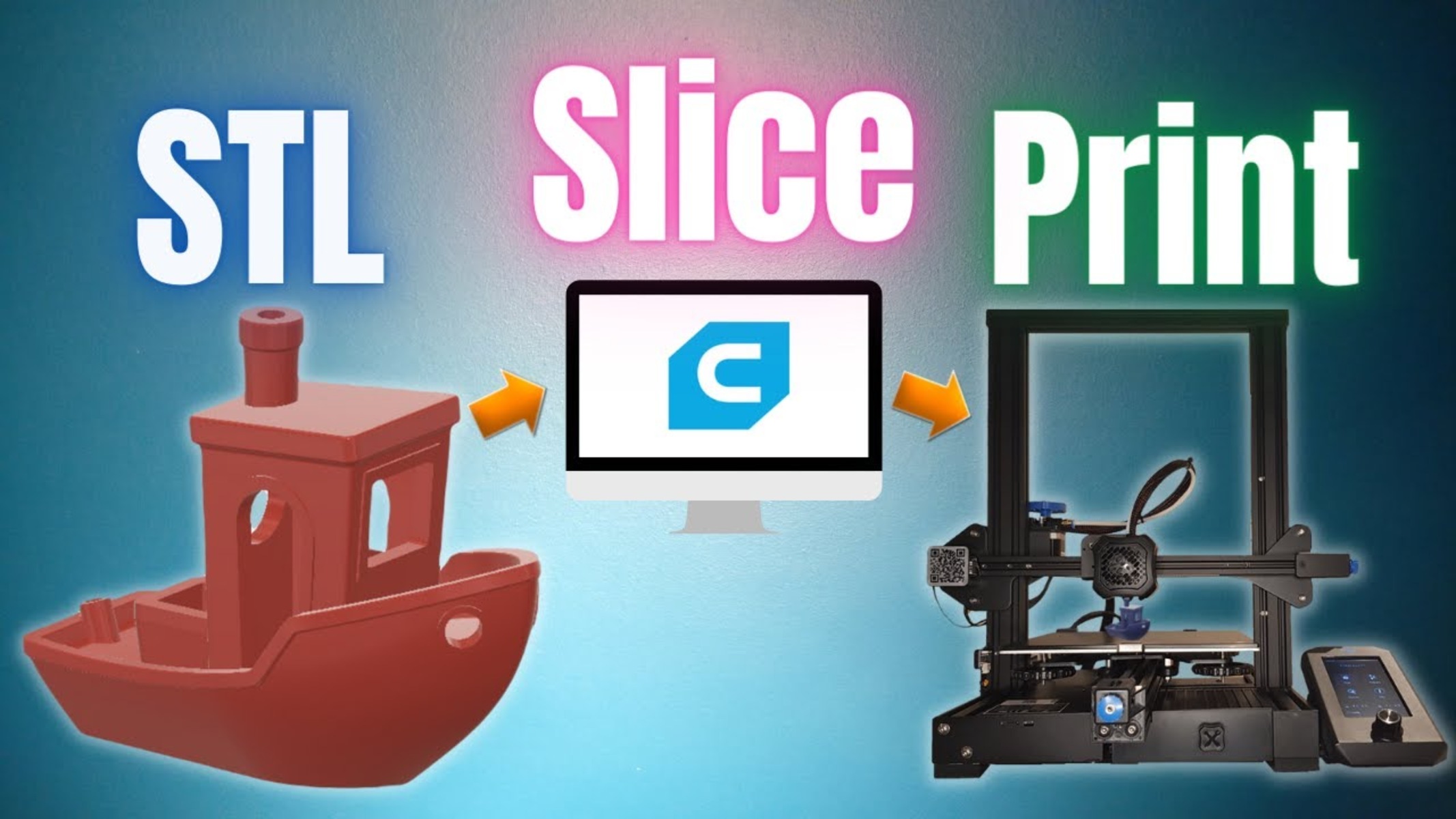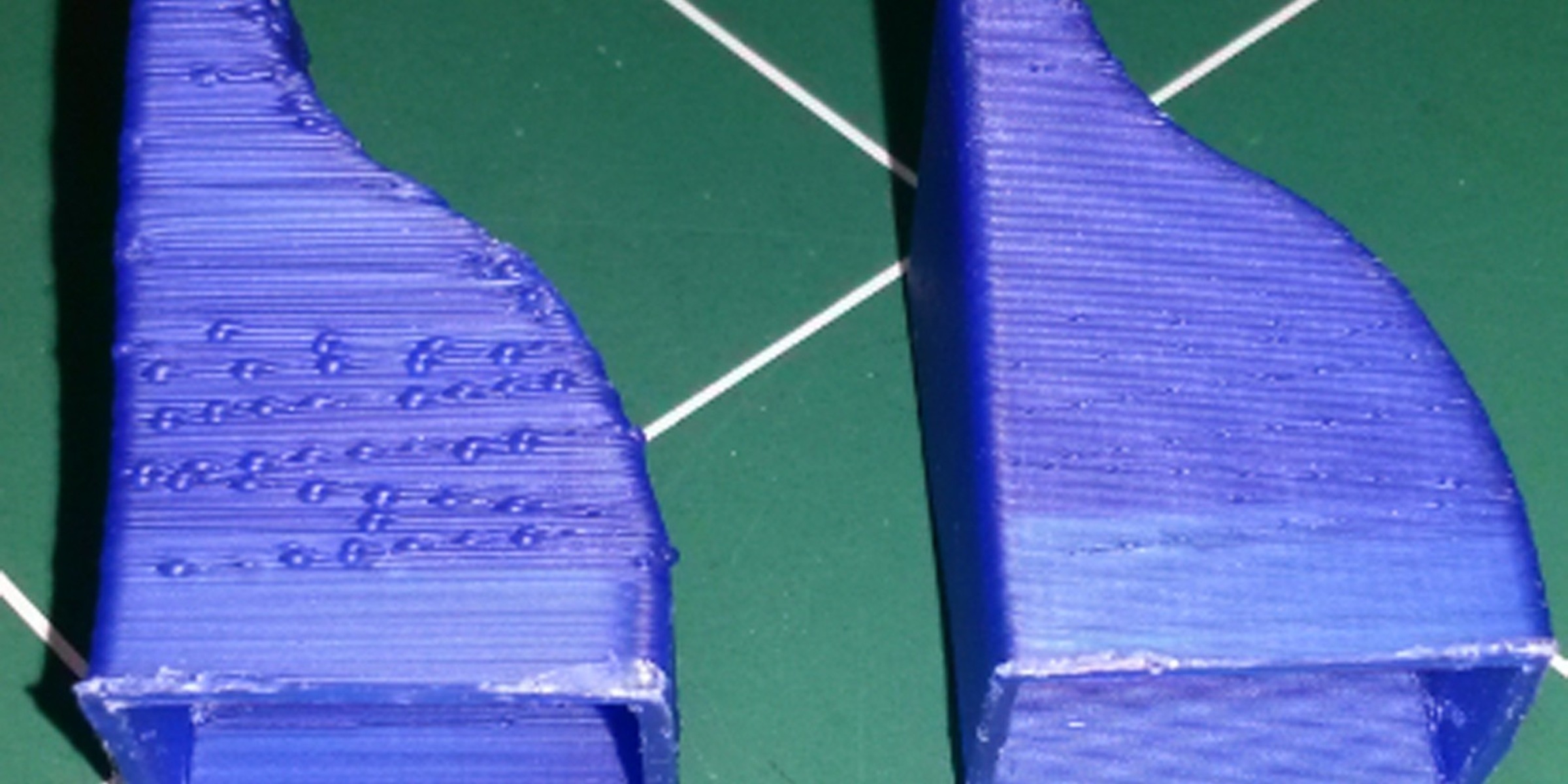Introduction
When it comes to 3D printing, using the right software is crucial for achieving high-quality prints. One essential tool in the 3D printing workflow is the slicer, which converts a 3D model into a set of instructions that the printer can understand. The slicer determines the path and parameters for each layer of the print, significantly impacting the final result.
With the growing popularity of 3D printing, there are now several slicer software options available in the market, each with its unique features and capabilities. Choosing the best slicer for your 3D printing needs can be a daunting task.
In this article, we will explore and compare some of the most popular slicers in the industry, discussing their key features, user-friendliness, and output quality. By the end, you will have a better understanding of which slicer is the best fit for your 3D printing projects.
Before diving into the specific slicers, let’s briefly explain what a slicer is and how it works. In simple terms, a slicer takes a 3D model, usually in STL or OBJ format, and slices it into thin horizontal layers. These layers are then converted into a set of instructions, known as G-code, which the 3D printer can interpret.
The slicer software provides a range of parameters that can be adjusted to customize the final print. These include layer height, print speed, infill density, support structures, and many more. The slicer also generates a preview of the sliced model, allowing users to visualize the print before starting the actual process.
Now that we have a basic understanding of what a slicer is and how it functions, let’s explore the factors to consider when choosing the best slicer for your 3D printing needs.
What is a 3D Printer Slicer?
A 3D printer slicer is a software program that plays a vital role in the 3D printing process. It takes a 3D model, typically in STL or OBJ format, and breaks it down into a series of thin layers, similar to the cross-sections of a cake. Each of these layers is then converted into a set of instructions, known as G-code, that the 3D printer can understand and execute.
The slicer software allows users to adjust various parameters that determine the quality and characteristics of the final print. These parameters include layer height, print speed, infill density, support structures, and more. By customizing these settings, users can optimize the print for factors such as strength, surface finish, or printing time.
One of the primary functions of a slicer is to calculate the toolpaths for each layer of the print. This involves determining the travel paths, print movements, and extruder movements required to produce the desired object. The slicer software takes into account factors such as overhangs, support structures, and bridging to ensure accurate and reliable printing.
In addition to generating the G-code, slicers also provide a visual representation of the sliced model. This preview allows users to inspect the layers, check for potential issues such as gaps or overlaps, and make any necessary adjustments before starting the print.
Moreover, slicers offer features like automatic support generation, which creates support structures for overhanging parts of the print. These supports can be removed after printing, leaving behind a clean and smooth surface. Some slicers also have advanced features like tree supports or variable layer heights, which further enhance the print quality and reduce material usage.
Overall, a 3D printer slicer acts as a crucial intermediary between the 3D model and the physical print. It converts the digital design into a set of instructions that enable the printer to create the object layer by layer. With the ability to customize parameters and optimize print quality, the slicer software significantly impacts the final output of a 3D printed object.
Factors to Consider
When choosing the best slicer for your 3D printing projects, there are several factors to consider. These factors will help you determine which slicer software aligns with your specific needs and preferences. Here are some key considerations:
- Compatibility: Ensure that the slicer software is compatible with your 3D printer’s firmware. Some slicers have limited compatibility and may not work with all printer models.
- User Interface: Evaluate the user interface of the slicer software. An intuitive and user-friendly interface can greatly simplify the slicing process and make it more accessible to beginners.
- Features: Different slicers offer various features and functionalities. Consider what features are important to you, such as support for multi-material printing, advanced support structures, or customizable print profiles.
- Flexibility: Look for slicers that allow you to adjust settings and parameters according to your requirements. The more control you have over the slicing process, the better you can optimize the print quality.
- Speed: Take into account the speed at which the slicer generates the toolpaths and G-code. Faster slicing can save you valuable time, especially for complex or large models.
- Community and Support: Consider the size and activity of the slicer’s user community. A strong community often means better support, regular updates, and a wealth of resources for troubleshooting and learning.
- Cost: Evaluate the cost of the slicer software. While some slicers are free and open-source, others may require a one-time purchase or subscription. Choose the slicer that offers the best value for your budget.
Keep in mind that the “best” slicer ultimately depends on your specific needs and preferences. What works for one person may not necessarily work for another. It is recommended to do some research, try out different slicers, and consider feedback and recommendations from fellow 3D printing enthusiasts.
Now that we have discussed the factors to consider, let’s dive into some of the best slicers for 3D printing and explore what they have to offer.
Cura
Cura is one of the most popular slicers in the 3D printing community, known for its user-friendly interface and wide range of features. Developed by Ultimaker, Cura supports a wide range of 3D printers and is compatible with both Windows and macOS.
One of the standout features of Cura is its extensive customization options. Users have access to a wide array of parameters, allowing them to fine-tune the slicing process to meet their specific requirements. Cura also offers advanced features such as tree supports, ironing, and adaptive layer heights.
The software provides a real-time preview of the sliced model, giving users the ability to visualize the layers and detect any potential issues. Cura’s interface is intuitive and beginner-friendly, making it an excellent choice for those new to 3D printing.
In addition to its vast feature set, Cura benefits from a large and active community. This means regular updates, new features, and extensive resources for troubleshooting and learning. The slicer also integrates with Ultimaker’s marketplace, allowing users to access pre-configured print profiles and material settings.
Cura is available as a free software, making it an attractive option for both hobbyists and professionals alike. With its powerful features and ease of use, Cura remains a top choice for many 3D printing enthusiasts.
Simplify3D
Simplify3D is a feature-rich slicer software that has gained a reputation for delivering high-quality prints. While it comes with a price tag, many users consider it to be worth the investment due to its advanced capabilities.
Simplify3D offers a wide range of customization options, allowing users to fine-tune every aspect of their prints. It provides precise control over print settings, including layer heights, infill patterns, and support structures. The software also enables users to adjust parameters at specific regions of the model for added flexibility.
One of the standout features of Simplify3D is its ability to optimize print speeds based on the complexity of different sections of the model. This ensures faster print times without compromising on quality. Additionally, Simplify3D offers efficient support structures, minimizing the need for excessive material usage.
Another benefit of Simplify3D is its streamlined workflow. The software provides a user-friendly interface that guides users through the slicing process step by step. It also offers a useful tool path preview, allowing users to visualize the print path and identify any potential issues.
Simplify3D is compatible with a wide range of 3D printers and supports multi-material printing. It also provides extensive material profiles, making it easier to achieve optimal print settings for different filaments.
While Simplify3D may come with a higher price tag compared to some other slicers, its advanced features, comprehensive support, and excellent print quality make it a preferred choice for professional 3D printing applications.
PrusaSlicer
PrusaSlicer, developed by Prusa Research, is a popular slicer software known for its ease of use and compatibility with a wide range of 3D printers. It is based on the open-source project Slic3r, but with enhancements and optimizations specifically designed for Prusa printers.
PrusaSlicer offers a user-friendly interface that makes it accessible to both beginners and advanced users. It provides a simplified workflow, guiding users through the slicing process with clear and intuitive steps.
One of the key features of PrusaSlicer is its automatic support generation. The software intelligently generates support structures, taking into account factors such as overhangs and bridging. This feature helps to reduce material usage and simplifies the post-processing of prints.
The software also includes advanced features like variable layer height, which allows users to adjust the layer height for different parts of the model. This feature can help achieve a balance between print quality and printing time.
PrusaSlicer provides a range of customization options, allowing users to fine-tune print settings such as layer height, infill density, and print speeds. The software also supports multi-material printing and offers various infill patterns to optimize strength and material usage.
PrusaSlicer has a dedicated community that provides support and regular updates. Users can access a library of pre-configured print profiles for Prusa printers, further simplifying the setup process.
Overall, PrusaSlicer is a powerful and user-friendly slicer software that is particularly popular among Prusa printer users. With its automatic support generation, advanced features, and compatibility with various printers, PrusaSlicer is a solid choice for achieving high-quality prints.
Slic3r
Slic3r is an open-source slicer software known for its robust set of features and flexibility. It is highly regarded by the 3D printing community and has a dedicated user base constantly contributing to its development.
One of the key strengths of Slic3r is its extensive customization options. The software allows users to fine-tune various print settings, offering control over parameters such as layer height, infill density, support structures, and more. Advanced users can even modify the software’s source code to further tailor it to their specific needs.
Slic3r provides comprehensive support for various 3D printers, making it a versatile choice regardless of the printer model you have. It supports both single and multi-material printing and provides advanced features like adaptive layer heights, perimeters optimization, and variable layer widths.
With its open-source nature, Slic3r benefits from a vibrant community that contributes to its development and provides support to users. This community-driven approach ensures regular updates, bug fixes, and a wealth of resources for troubleshooting and learning.
The user interface of Slic3r is intuitive, though it may appear less polished compared to some other slicers. However, the depth of customization options and the precise control over print settings make it a favorite among experienced users who want full control over their prints.
In summary, Slic3r is a powerful and versatile slicer software that offers extensive customization options and compatibility with various 3D printers. Its open-source nature and active community make it a reliable choice for those seeking flexibility and control over their 3D printing workflows.
CraftWare
CraftWare is a slicer software that offers a user-friendly interface and a range of features suitable for both beginners and experienced 3D printing enthusiasts. Developed by CraftUnique, CraftWare supports various 3D printers and provides an intuitive workflow.
One of the standout features of CraftWare is its simplicity. The software is designed with beginners in mind, providing a straightforward user interface that is easy to navigate. It offers a step-by-step slicing process, guiding users through the necessary settings without overwhelming them with excessive options.
CraftWare includes essential customization options, allowing users to adjust parameters such as layer height, print speed, and infill density. It also provides options for support structures, skirt, and brim settings to assist with print adhesion and quality.
The software offers a visual preview of the sliced model, allowing users to inspect and analyze the layers before printing. This feature helps detect potential issues and make any necessary adjustments before starting the print.
While CraftWare may not have as many advanced features as some other slicers, it offers a solid foundation for users who prefer a straightforward and easy-to-use solution. It eliminates the learning curve associated with more complex slicers and offers a reliable slicing experience.
Additionally, CraftWare has an active community that provides support and regular updates. While it may not have the extensive resources of some other slicers, the community remains engaged, contributing to the software’s development and addressing user queries.
In summary, CraftWare is a user-friendly slicer software that provides essential customization options, visual preview, and compatibility with various 3D printers. It is an excellent choice for beginners or users who prefer a straightforward slicing process without the need for extensive features.
Conclusion
Choosing the best slicer software for your 3D printing projects is crucial to achieving high-quality prints and optimizing your workflow. In this article, we explored five popular slicers: Cura, Simplify3D, PrusaSlicer, Slic3r, and CraftWare.
Cura stood out for its user-friendly interface, extensive customization options, and active community. It remains a top choice for its powerful features and ease of use.
Simplify3D, despite its price tag, offers advanced capabilities, efficient support structures, and excellent print quality. It is favored by professionals who value its comprehensive features and support.
PrusaSlicer, developed by Prusa Research, is renowned for its ease of use, automatic support generation, and compatibility with various 3D printers. It offers an accessible interface and boasts a dedicated community.
Slic3r, an open-source slicer software, offers extensive customization options, compatibility with diverse printers, and a vibrant community. It is a favorite among experienced users seeking complete control over their printing process.
CraftWare, known for its simplicity and beginner-friendly interface, provides essential customization options and a visual preview. It offers a straightforward slicing experience suitable for beginners or users who prefer a more streamlined approach.
While it is essential to consider factors such as compatibility, user interface, features, flexibility, speed, community support, and cost when choosing a slicer, ultimately the “best” slicer depends on your specific needs and preferences.
We hope that this overview of different slicer software options has provided you with valuable insights to make an informed decision. Remember, experimenting with different slicers and considering feedback from fellow 3D printing enthusiasts can further aid in finding the slicer that best fits your requirements.







